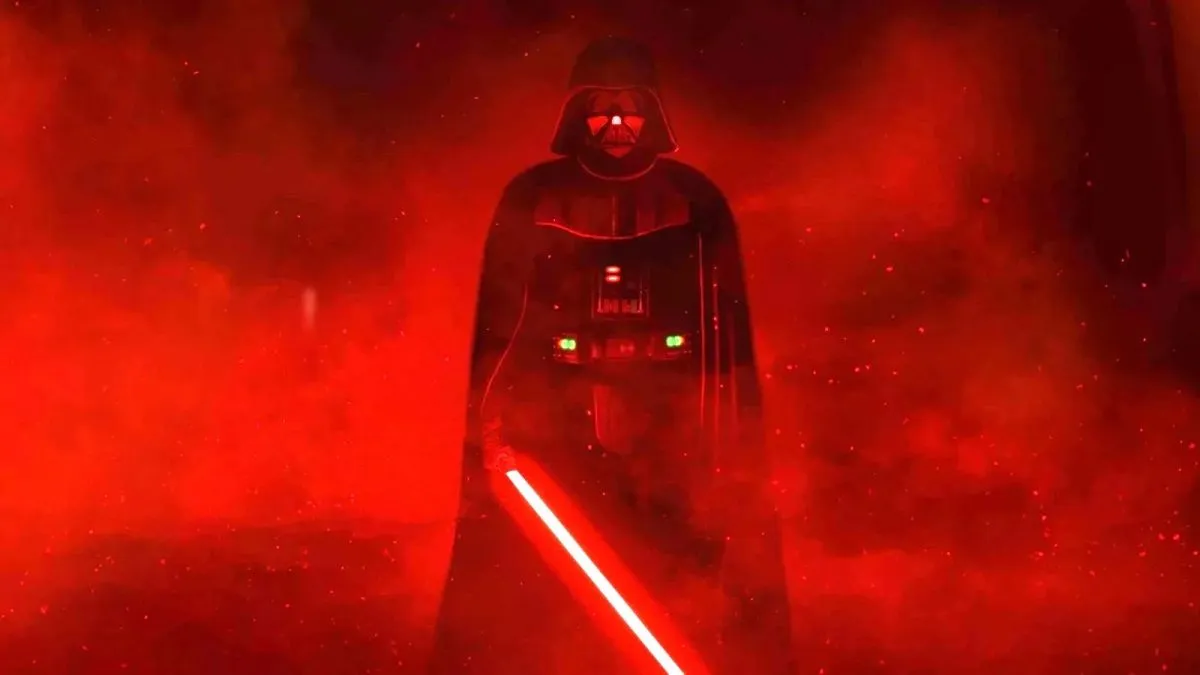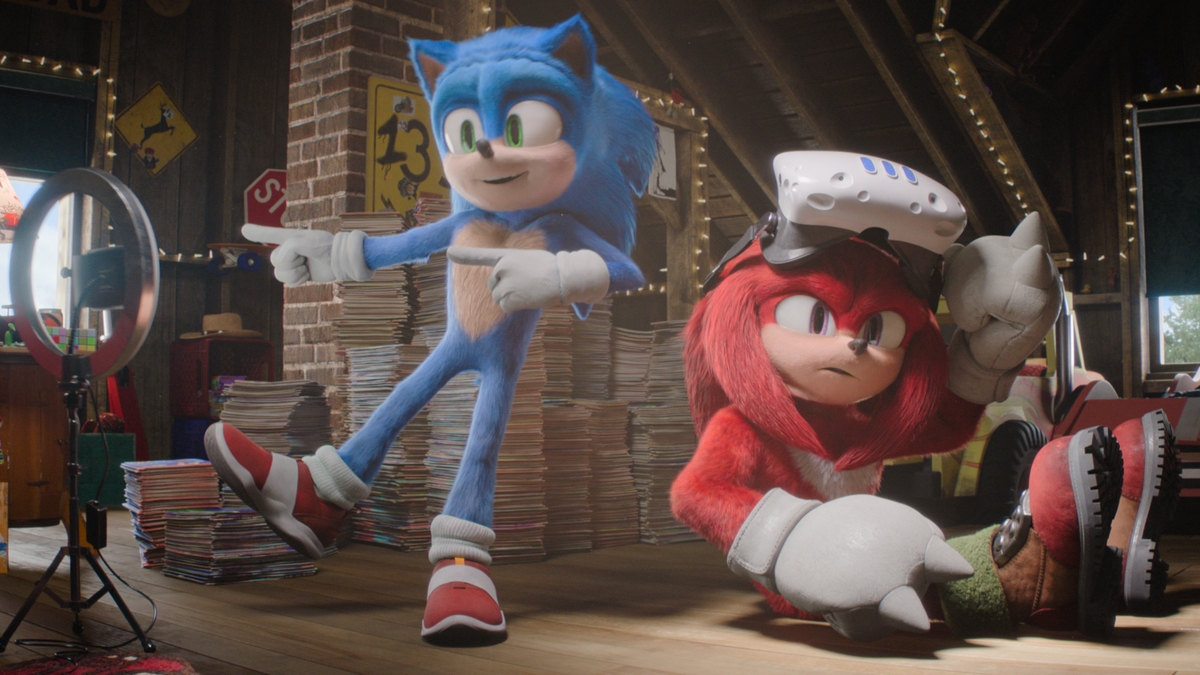
Coming off her critically praised debut (A Girl Walks Alone At Midnight), Ana Lily Amirpour’s sophomore effort – The Bad Batch – proves that uninhibited cinematic exploration is far from dead. Instead of arthouse black-and-whites, this time Amirpour transports audiences to a dusty desert dystopia where only the worst of the worst survive.
Acid-tinged dreaming paves hallucinogenic roads to laser-soaked raves, while searing sunbeams create hazy waves that distort the daytime’s burnt, sandy landscape. Amirpour is a scenic genius who squeezes every last ounce of personality out of her locations, as she builds an impoverished favela out of vagrants, abandoned buildings and boombox-themed DJ trucks that bump beats long into the moonlit night. In only her second feature, Amirpour delivers the invigorating mainstream abandon we so hoped she’d brandish – it’d just be better with a more substantial story to support such untamed creativity.
Suki Waterhouse stars as Arlen, Bad Batch inmate number 5040. On her first night past government lines, Arlen finds herself abducted by a cannibalistic commune known as the “The Bridge,” who eat one of her arms and one of her legs. Now a cauterized amputee, Arlen escapes the The Bridge on a skateboard, finding refuge in another commune known as “Comfort.” It’s here that she learns of “The Dream,” an enlightened way of living through the constant hell of being a Bad Batcher.
Things are as fine as they can be, until Arlen stumbles upon a wounded Bridge-dweller and the commune member’s daughter, with only revenge on her mind. She returns to Comfort with only the daughter in-toe (after killing her chaperone), sparking a chain of events that starts with Joe (the girl’s father, played by Jason Momoa) setting a warpath straight for Comfort.
Amirpour’s Act I in The Bad Batch couldn’t begin on a higher cinematic plane of existence. Immediately we’re introduced to Arlen, who’s wearing a graphic “Fuck You” hat and strolling around in her watermelon-washed denim shorts. Then, after a brief struggle, we’re taken to a magical beefcake heaven where Joe’s meathead thugs pump weights and chew flesh like a cannibalistic village of American Gladiator warriors. Rusted cargo-plane debris form makeshift homes, like a remorseless Wild West atmosphere ripe with survival-horror dangers. Arlen then has her appendages removed only minutes after Amirpour introduces her punky protagonist, and we’re immediately dragged into a carnivorous nightmare where ANYTHING can happen.
It’s in these opening scenes that The Bad Batch explodes with an electrified, Burning-Man-gone-rotten personality, but like a firework, it fizzles out as Amirpour leans heavily on visual description. The same auburn dayscapes and starry nightscapes play backdrop to a child rescue that never comes to fruition, as the wide-eyed filmmaker vibrantly wears her influences on her tattered, blood-splattered sleeves – but has trouble creating fulfilling storytelling arcs.
The Bad Batch is mixture of downplayed rescue antics, undercooked relationship blooming and neon-lit dystopian survival, all of which bottleneck sluggishly during the film’s open-range midlife. The task at hand requires Arlen to steal back Joe’s daughter, but the struggle itself lacks any thrills promised by Amirpour’s setup. Joe takes it upon himself to leave The Bridge and save the one thing he loves, ignoring an entire army of WWE dropouts who could have tagged along? You’d think some kind of cannibalistic struggle might play out between The Bridge and Comfort, but instead we’re presented with a long, dry interlude featuring Momoa’s wounded warrior and Jim Carrey’s unrecognizable mute hermit.
We’re also supposed to pick up on a romantic kindling between Arlen and Joe, but with so few scenes shared (and even less words when connected), we merely assume them to be acquaintances. Everything feeds off of Amirpour’s visual hypnotics and an indie-rock-meets-synthwave score – but style far outweighs substance once The Bad Batch has trouble distinguishing what kind of film to be.
On the other hand, Keanu Reeve’s Pablo-Escobar-lookin’ cult leader is good in the most un-ironic way. Like, REAL good, not Nic Cage good. Reeves – in all his 70s porn ‘stache glory – becomes the drug peddling, good-vibes-emitting leader who you want to trust but know you can’t, almost unrecognizable in his soothing charisma. Knock Knock was Reeves’ attempt at genre insanity, but he’s allowed to turn the dial down for Amirpour’s more swanky coolness, and while possibly understated, it works.
Suki Waterhouse is the other no-brainer standout here, since she’s forced to act minus an arm and leg for The Bad Batch‘s entirety. The digital removal of Waterhouse’s appendage passes all sight tests (despite looking like the casing of a hot dog), which creates a false sense of weakness for Arlen. Waterhouse’s performance is strong, somewhat intimidating and appropriately cold, navigating her hellish reality with a proper chip on her shoulder. Waterhouse’s interactions with Momoa – while brief – do let her supporting mountain of a man stand out versus his Carrey material, but The Bad Batch is all Suki Waterhouse, all day and night. She plays the spark-plug teen, the terrified meal, the vengeful amputee – Waterhouse cycles through a host of evolutions that all point towards a deep, worthwhile character.
The Bad Batch should be viewed if only for its exciting, provocative take on originality and hybrid genre composition. For as weak and meandering as Ana Lily Amirpour’s story may become, her approach to filmmaking is never dull, and – so far – always worth the challenge. Sure, her second features does suffer from a bit of an identity crisis, but only because it wants to be so many things. We don’t get a full-force homage of Mad Max‘s insane dystopian action, nor do we get a heartwarming tween love story juxtaposed against a cannibal backdrop (take your pick of any backwoods horror film). What we get are vibrant, wondrous ideas that are never fully represented, but those ideas enough are hypnotic enough to suck is into Amirpour’s ever-vibrant, world – for long enough, at least.






